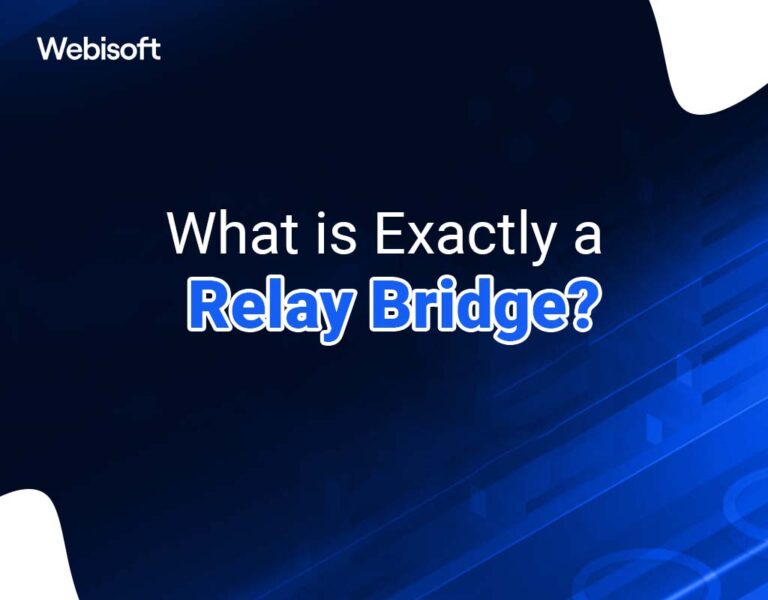You ever get that feeling something’s just not clicking with your DeFi moves? Like, you want to hop across chains, grab the best yield, but the bridges feel like toll booths gouging you? Yeah, me too. It’s frustrating. The dream of multi-chain DeFi—moving assets seamlessly between ecosystems—is still kinda messy, honestly.
At first glance, cross-chain aggregation sounds like a no-brainer. Just pick the bridge with the lowest fee, right? But hold on—there’s more lurking under the hood. Network congestion, slippage, transaction times… it all stacks up. Choosing a bridge isn’t just about the sticker price. Wow! It’s a whole puzzle of trade-offs.
And here’s the kicker: not all bridges are created equal. Some are fast but pricey. Others are cheap but slow, or worse, sketchy. My gut said, “There has to be a better way.” Actually, wait—let me rephrase that: there is a better way, but few tools really nail it yet.
So what’s the fix? Enter the idea of a cross-chain aggregator—think of it as a travel agent for your crypto assets, scouting the cheapest, fastest, and safest route across chains. But how do they pull that off? And why is it so rare to find one that’s truly reliable? Hmm…
Here’s the thing. I’ve been fiddling around with various bridges and aggregators, and nothing beats simplicity and trust. That’s where relay bridge comes into play. It’s like that no-nonsense buddy who knows every shortcut and avoids the toll roads.
Okay, so check this out—multi-chain DeFi isn’t just a buzzword. It’s an entire ecosystem evolving right before our eyes. But the infrastructure? It’s still catching up. For example, many users don’t realize how much bridge fees can eat into their profits. You might save a buck on a swap, then lose five on the transfer. Seriously?
Initially, I thought wrapping all assets into a single token standard would simplify cross-chain transfers. But then I realized the fragmentation across chains—Ethereum, BSC, Avalanche, you name it—makes that approach almost impossible. Plus, each chain has its quirks and limitations.
On one hand, centralized bridges offer speed but sacrifice decentralization and sometimes security. On the other, decentralized bridges are safer but often slower and more expensive. Though actually, some innovative players are blending these models to optimize both. It’s like trying to get the best of both worlds without the usual compromises.
And don’t even get me started on user experience. If the process isn’t seamless, folks just won’t bother. I mean, nobody wants to wrestle with confusing interfaces or wait hours for a confirmation. The less friction, the better.
That’s why aggregators, especially ones like relay bridge, are critical. They scout multiple bridges, analyze fees, speed, and reliability, then pick the best route for you. It’s a game-changer, especially for those juggling assets across DeFi protocols on different chains.
Here’s what bugs me about many current solutions: they often hide their fee structures or don’t update in real time, so you never really know what you’re paying until it’s too late. Transparency is key. Without it, you’re basically throwing darts blindfolded.
Speaking of transparency, Relay Bridge does a solid job showing up-to-date info, so you can make informed choices. Plus, it supports a wide variety of chains, which is crucial if you’re into diversifying your DeFi portfolio.
Imagine you want to move USDT from Ethereum to Polygon. Without an aggregator, you’d have to check multiple bridges manually—each with different fees and wait times. With relay bridge, it’s all in one place, saving you time and, more importantly, money.
But hey, I’m not saying it’s perfect. There are still network risks and occasional hiccups. No system’s bulletproof, especially when you’re dealing with multiple blockchains that each have their own consensus quirks and stress points.
Still, what excites me is how these tools push the ecosystem forward. If more users get comfortable hopping chains seamlessly and cheaply, DeFi’s liquidity will explode. That’s the kind of network effect that can’t be overstated.

Why Cheapest Doesn’t Always Mean Best
Okay, so let’s peel back another layer. Cheapest bridge? Yeah, it’s tempting. But sometimes the fastest or most secure route saves you more in the long run. For instance, a bridge with a slightly higher fee but instant confirmation might beat a cheap bridge that takes hours or risks failure.
My experience told me that chasing the lowest price blindly can backfire. Failed transactions mean you’re stuck waiting and paying gas fees twice. Painful. If you’re moving big sums, this stuff really adds up.
On the flip side, some bridges with hefty fees offer insurance or guarantees—worth considering if you’re risk-averse. So the real key is balancing cost, speed, and security. And that’s precisely what cross-chain aggregators like relay bridge try to juggle.
Also, network congestion fluctuates wildly. What’s cheap right now might be expensive two hours later. Aggregators that update pricing and routes dynamically give you a leg up. Without them, it’s like trying to catch a moving train by guessing its schedule.
And here’s a little secret—some aggregators even factor in slippage, which others ignore. That’s a very very important detail, especially on volatile tokens or during market spikes.
Cross-Chain Aggregators: The Unsung Heroes
At this point, you might wonder: are aggregators just middlemen adding complexity? Nope. They’re more like GPS for your crypto travels—mapping out the best path with real-time traffic data.
In my view, using an aggregator is almost mandatory if you want to optimize multi-chain DeFi moves. It’s like having an insider’s edge. You save time, reduce costs, and dodge those annoying failed transactions.
Relay bridge stands out because it’s intuitive and supports a wide range of chains. Plus, it’s constantly improving, which is essential in this fast-evolving space. I’m biased, sure, but it’s one of the few I trust enough to move serious funds through.
One thing I hope they keep working on is integrating even more chains and layer-2 solutions, which are becoming increasingly important. The more options you have, the better your chances of finding that sweet spot between cost and speed.
And by the way, the community around these tools matters too. Transparent devs and active feedback loops breed trust, which is huge in DeFi where scams and rug pulls are always lurking.
Wrapping My Head Around Multi-Chain DeFi
So yeah, multi-chain DeFi isn’t just a shiny trend. It’s reshaping how we think about liquidity, yield, and asset management. But without smart tools that make cross-chain transfers cheap, fast, and reliable, it’s more of a headache than a help.
My instinct says we’re just scratching the surface. As the tech matures, bridges like relay bridge will become as essential as wallets and exchanges. They’ll be the plumbing that powers the decentralized financial future.
Still, I’m not 100% sure how regulation, network upgrades, or unexpected bugs will impact these bridges at scale. Those are open questions that keep me cautiously optimistic.
But for now, if you’re diving into multi-chain DeFi, don’t just jump blindly. Use tools that give you transparency and options. Seriously, it can make the difference between a successful trade and a wallet full of regrets.
Check out relay bridge if you want a straightforward way to explore cross-chain moves without the usual guesswork. Trust me, your future self will thank you.
Frequently Asked Questions
What exactly is a cross-chain aggregator?
Think of it as a service that scans multiple bridges and routes your tokens through the cheapest, fastest, or safest path across different blockchains—all in one interface.
Why should I care about bridge fees?
Because they can eat up a surprising chunk of your profits, especially if you’re moving smaller amounts frequently. Minimizing these fees adds up over time.
Is relay bridge safe to use?
While no system is perfect, relay bridge prioritizes transparency and security, making it one of the more trustworthy cross-chain aggregators out there.
Can I use relay bridge to move assets between any chains?
Relay bridge supports a wide range of popular blockchains, but it’s always good to check their current list since support evolves with the ecosystem.
How does network congestion affect bridging?
Congestion can increase fees and delays. Aggregators that dynamically evaluate network conditions help you avoid costly bottlenecks.
